The Labyrinth of the Masone, the concrete utopia of Franco Maria Ricci
From the road, the Labyrinth of the Masone cannot be seen. Getting there is easy: you run along the Via Emilia to the detour that leads to Fontanellato and Soragna, a wide driveway that divides the landscape. From the warehouses that chase each other just off the highway to the flat countryside of the Parma lowlands, now far from the city. You follow the Fontanellato road until you come to a grove, one of the few remaining in the Po Valley. From there you turn around and arrive at the Labyrinth. Outside, it is protected by a blanket of bamboo and then a brick wall. The Labyrinth has to be conquered, you have to want it, it takes the right disposition. Franco Maria Ricci wanted his labyrinth to retain not only the charm of ancient mazes, their aura of mystery, and even a real feeling of disorientation, given its size: he wanted guests, as they walked through it, to experience something like a ritual, an inner quest.
Once you enter the Labyrinth of the Masone, finding the center and then leaving is not easy. People who walk around parks and gardens are used to mazes that are small in size, or formed by low hedges that allow them to have the whole situation under control at all times, with the result that walking around inside a maze is almost always a kind of fun or little more. Here, it’s different: in a labyrinth where each side measures a hundred meters there is serious effort to be made, because the risk is to walk, walk and walk, half an hour, an hour, two hours, only to find yourself at the starting point. The bamboos used to build the path, three hundred thousand plants that in some places even grow to be fifteen meters tall, completely cover the view, intertwine, give shape to tunnels, are dense and impenetrable, and almost never grant points of reference. It is frustrating. And then there is no other way: you have to concentrate. Reason. Reflect on one’s mistakes. Regain your bearings. Thinking so as not to get lost. And some people do get lost: there are stories of tourists who were unable to find their way out, and employees had to leave to retrieve them in the golf cars provided to staff. That’s part of the purpose of the numbers printed on the signs you occasionally encounter along the way: to signal your location in case you get lost.
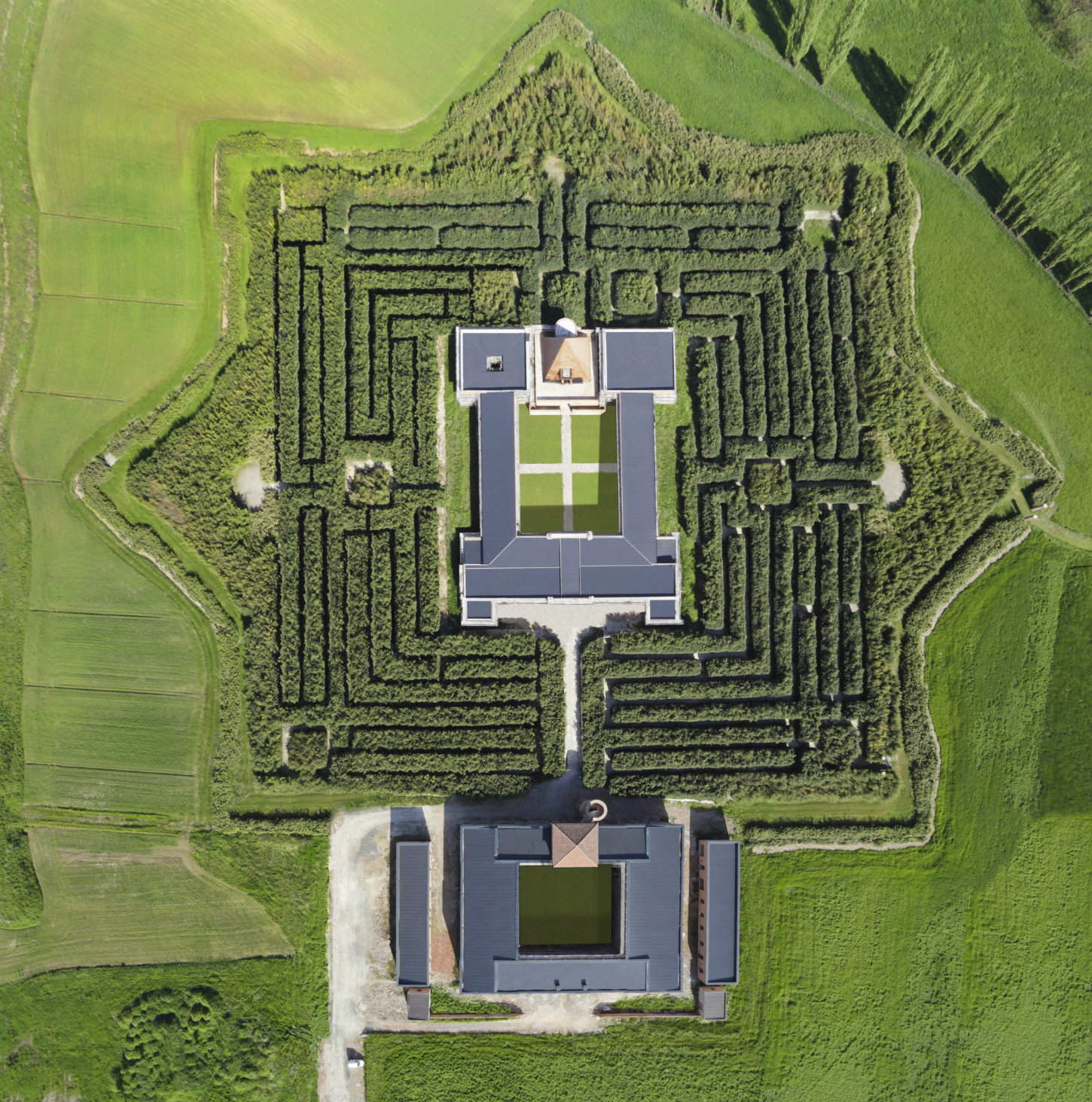
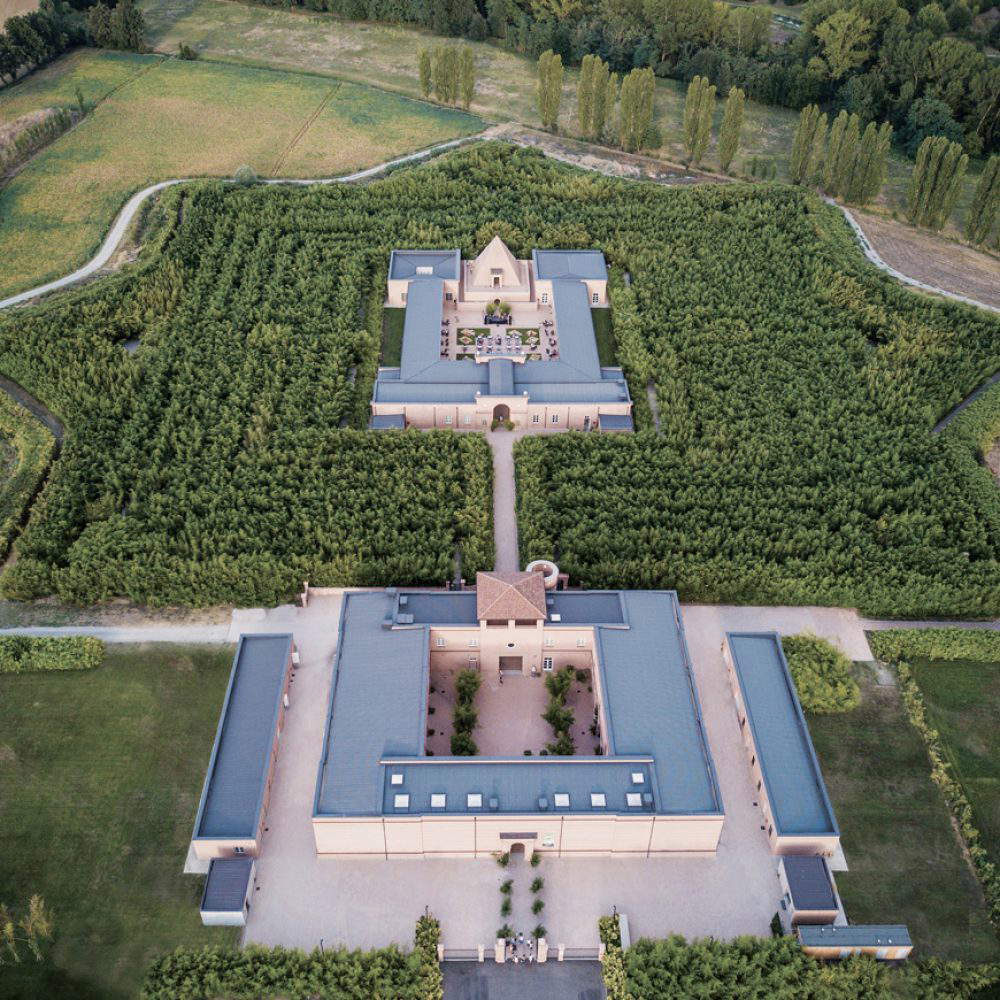
Official history has it that the Labirinto della Masone was born, at least on an ideal level, in 1977, when Franco Maria Ricci, publisher, art collector, bibliophile, unrepeatable contemporary humanist, made a bet with Jorge Luis Borges, to whom, moreover, another labyrinth was dedicated, in Venice, on the island of San Giorgio. The labyrinth is central to Borges’ literature. For the Argentine writer, it is “a place where chaos and cosmos come together,” wrote Domenico Porzio, a journalist, art critic and curator of Borges’ opera omnia. “A contradictory place because it is an architecture that both protects and imprisons those who inhabit it,” a place that “expands in multiple metaphors,” a symbol of chaos and infinity, a place of time, thought, and spirit. For Franco Maria Ricci, the labyrinth is a kind of archetype. “It is present in all ages,” he said in an interview, “and has been both a sacred and secular symbol, from the Greek and Roman labyrinth, a fearsome symbol of power, to the medieval labyrinth, a symbol of faith, to the playful and intricate gardens of the 18th century, to the labyrinths found in Indian and Oriental sacred sites.”
It took years to shape the concept Ricci had long pondered, reading the books of his friend Borges. It was a dream that had begun to take shape in the early 2000s, a place that could represent him, the home of his art collection, his publishing house, and the archive of FMR, the magazine that brought generations of Italians and others closer to art and is still a model for publishing in the field today. In the late 1990s, the meeting from which it all started: Ricci met Davide Dutto, a young architecture student from Turin, who told him about the architecture of the island of Kythera described inHypnerotomachia Poliphili, the most successful novel of the Renaissance. To Ricci those images remind him of the shape of a labyrinth. And perhaps they also remind him of the promise he made to Borges more than two decades earlier. He then triggers the urge to hold on to that intention, to begin to translate the idea into a concrete project.
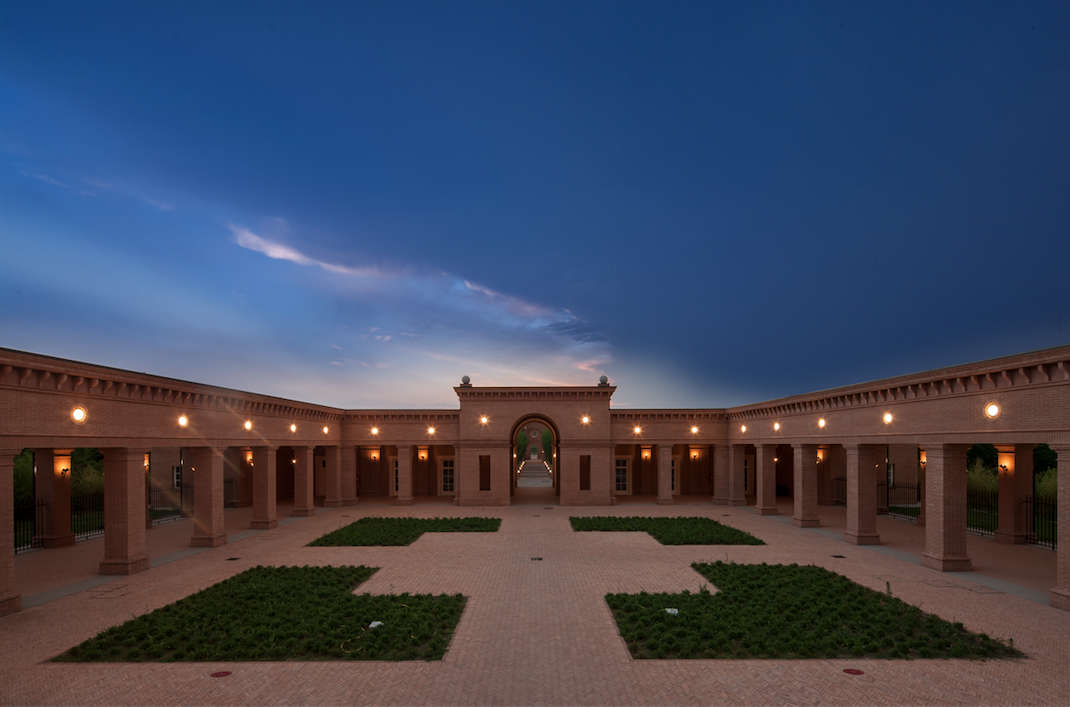
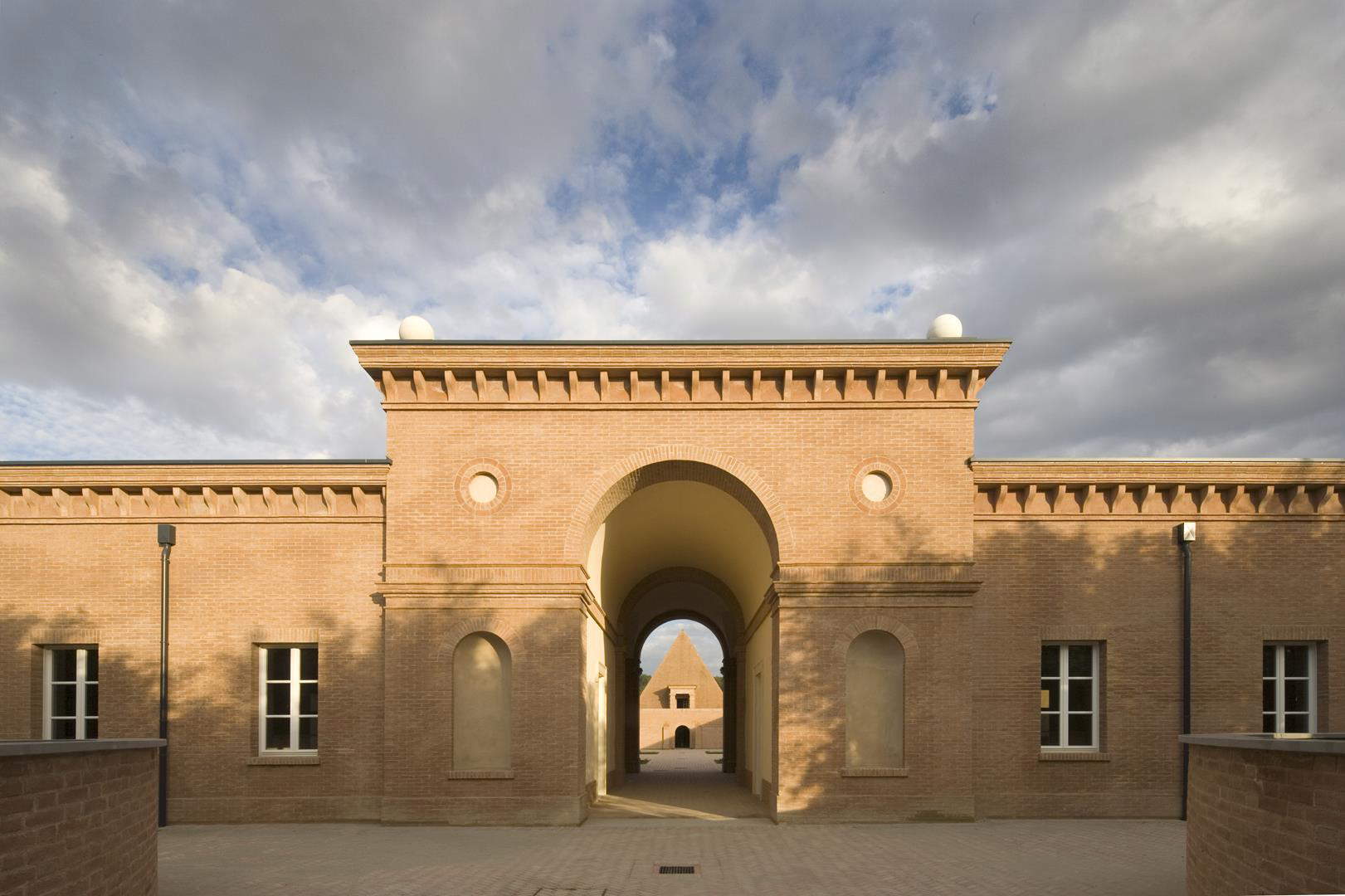
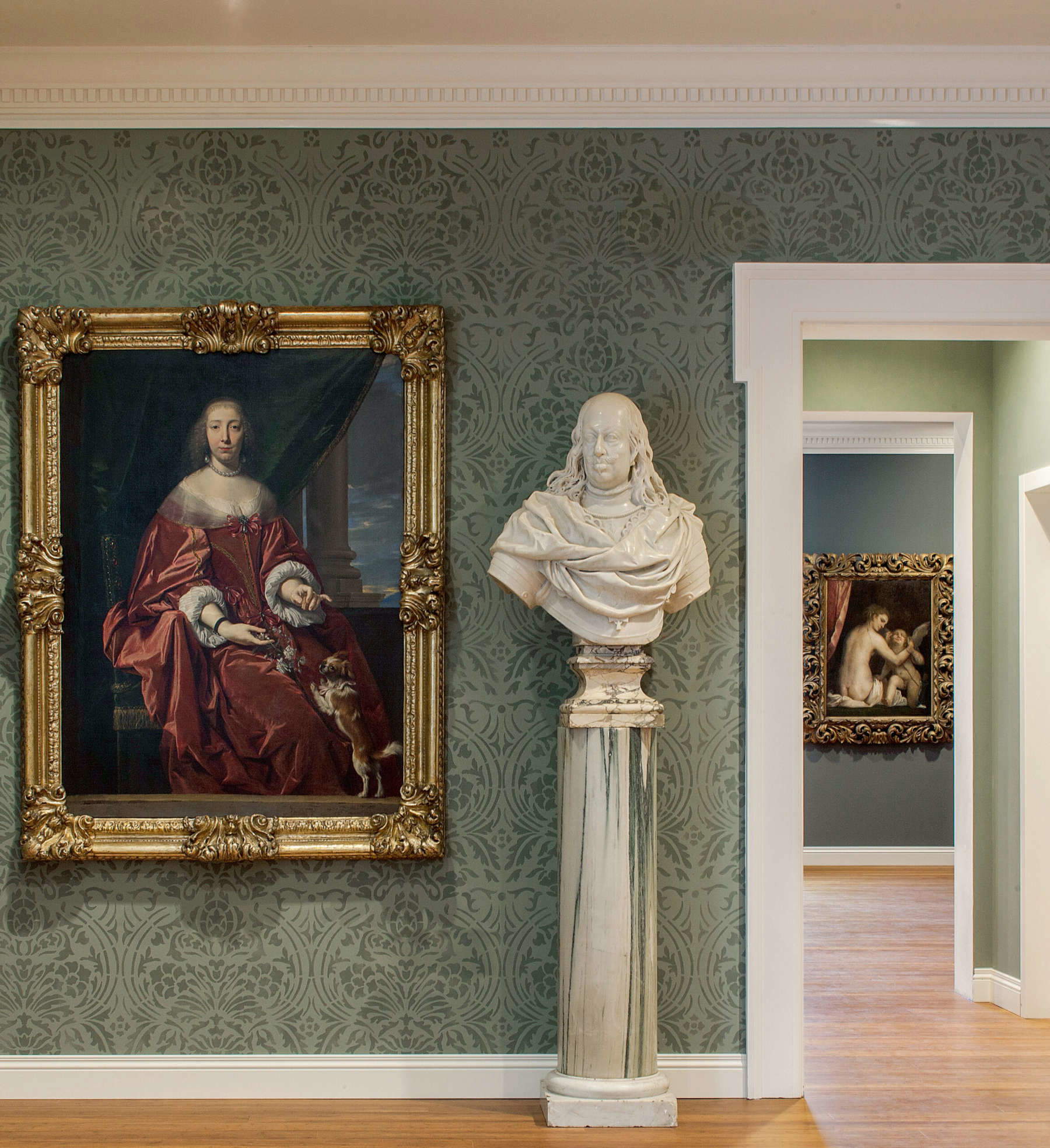
The shape of the labyrinth, which opened to the public in 2015, originated from the drawings of Davide Dutto, who employed several attempts before arriving at a solution inspired by Renaissance treatises, urbanistic examples from the 16th century, but also more ancient mazes, so that the Labirinto della Masone finally results in a sum of several elements: a typical conformation of the classical labyrinth, such as the Cretan seven-spire labyrinth, a square plan that refers back to the labyrinths of Roman mosaics, all inserted, however, in a star-shaped garden that goes back to Renaissance treatises, in particular to Filarete’s Treatise on Architecture , which imagined a scheme arising from the superimposition of two squares, according to an’idea that would inspire the urban planning of “ideal cities,” beginning with Palmanova, perhaps the most faithful to Filarete’s ideas, and Sabbioneta, the city founded by Duke Vespasiano Gonzaga, not far from Fontanellato. That star would have seen massive and imposing ramparts rise at the tips, in order to protect the heart of the city. And with the same idea, here, too, the vegetable ramparts and winding meanders of the labyrinth protect the center of the maze.
The bamboo that shapes the corridors, an oriental essence planted at the Labyrinth of the Masone in different varieties, is chosen for several reasons: Franco Maria Ricci’s curiosity and openness to unusual essences (the publisher recounted how a Japanese gardener suggested he plant a small grove of bamboo in the garden of his house in Milan), the ease of management (bamboo is an extremely hardy plant and rarely gets sick), its elegance, its qualities as an evergreen plant that never loses its leaves, its ability to absorb carbon dioxide, and the speed with which it grows.
Before arriving at the labyrinth, one visits the collection, housed in the first of the architectures one encounters when arriving at the Masone. A square building, five thousand square meters in size. Shapes inspired by neoclassical architecture. External walls all in the brickwork typical of the Po Valley: Ricci wanted there to be harmony between the Labyrinth and the territory that hosts it. Inside, works collected over decades of cultured, eclectic, extravagant collecting, and divided into thematic rooms. Among the best pieces are a Venus by Luca Cambiaso caught in the act of blindfolding Cupid, and then a Holy Family by Girolamo Mazzola Bedoli that touches one of its greatest points of tangency with Parmigianino, a Baptist by the sophisticated, metallic Bartolomeo Schedoni, the tormented Vir temporis acti by Adolfo Wildt, anaustere Elisa Baciocchi by Lorenzo Bartolini, a Christ Mocked by Valentin de Boulogne, a Tiger by Ligabue, a long theory of portraits including the publisher Treves painted by Vittorio Corcos and the noble Francesca Majnoni painted by Hayez. An entire room, the most macabre, is for vanitas and memento mori. There is a room designated for art deco works. And there is no shortage of wunderkammer pieces either: the narwhal tooth, in this case planted on a Polyphemus head, is not to be missed. In another room one can browse through all the issues of FMR, made available to the public who can thus walk through the entire history of the magazine, flipping through every single page of the black pearl of world publishing.
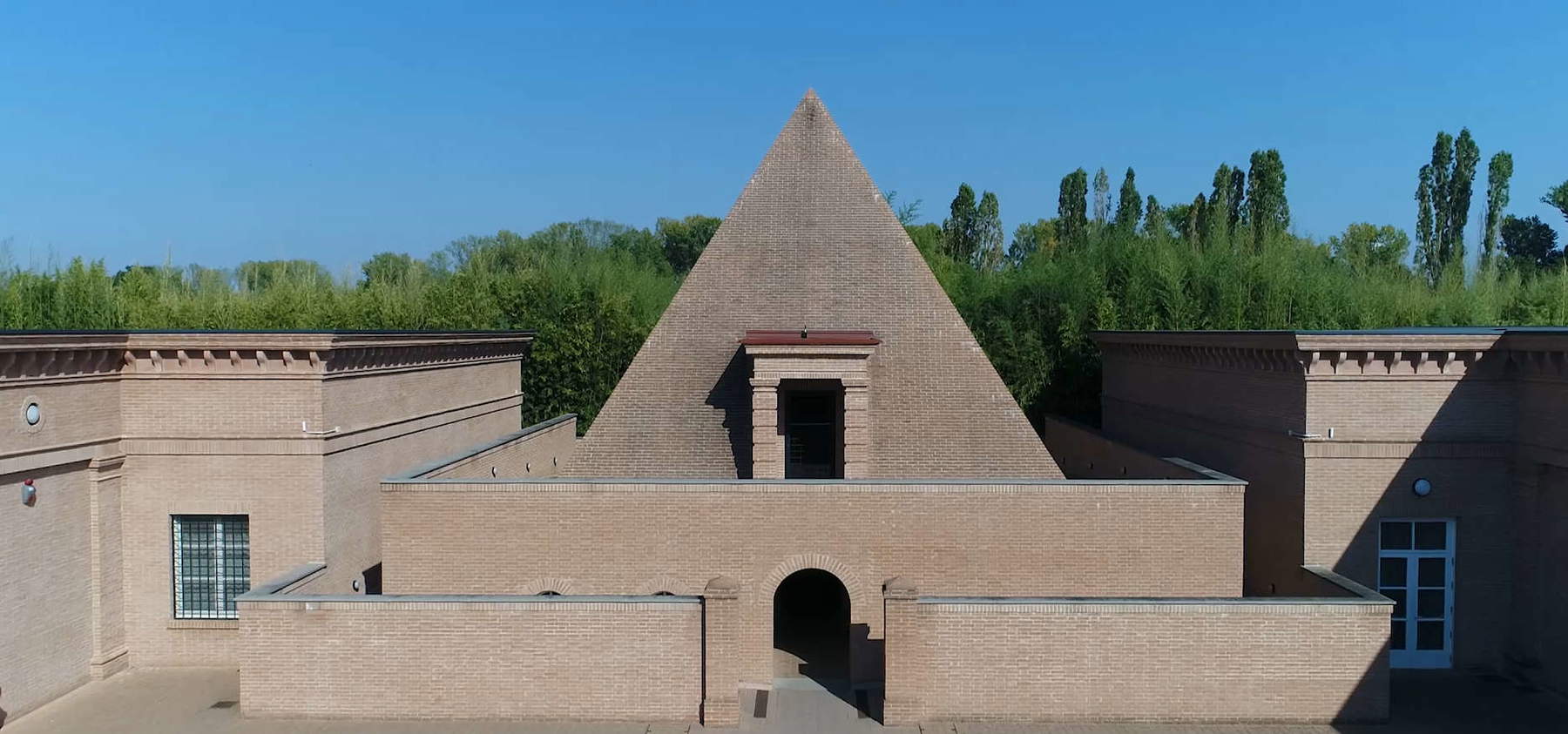
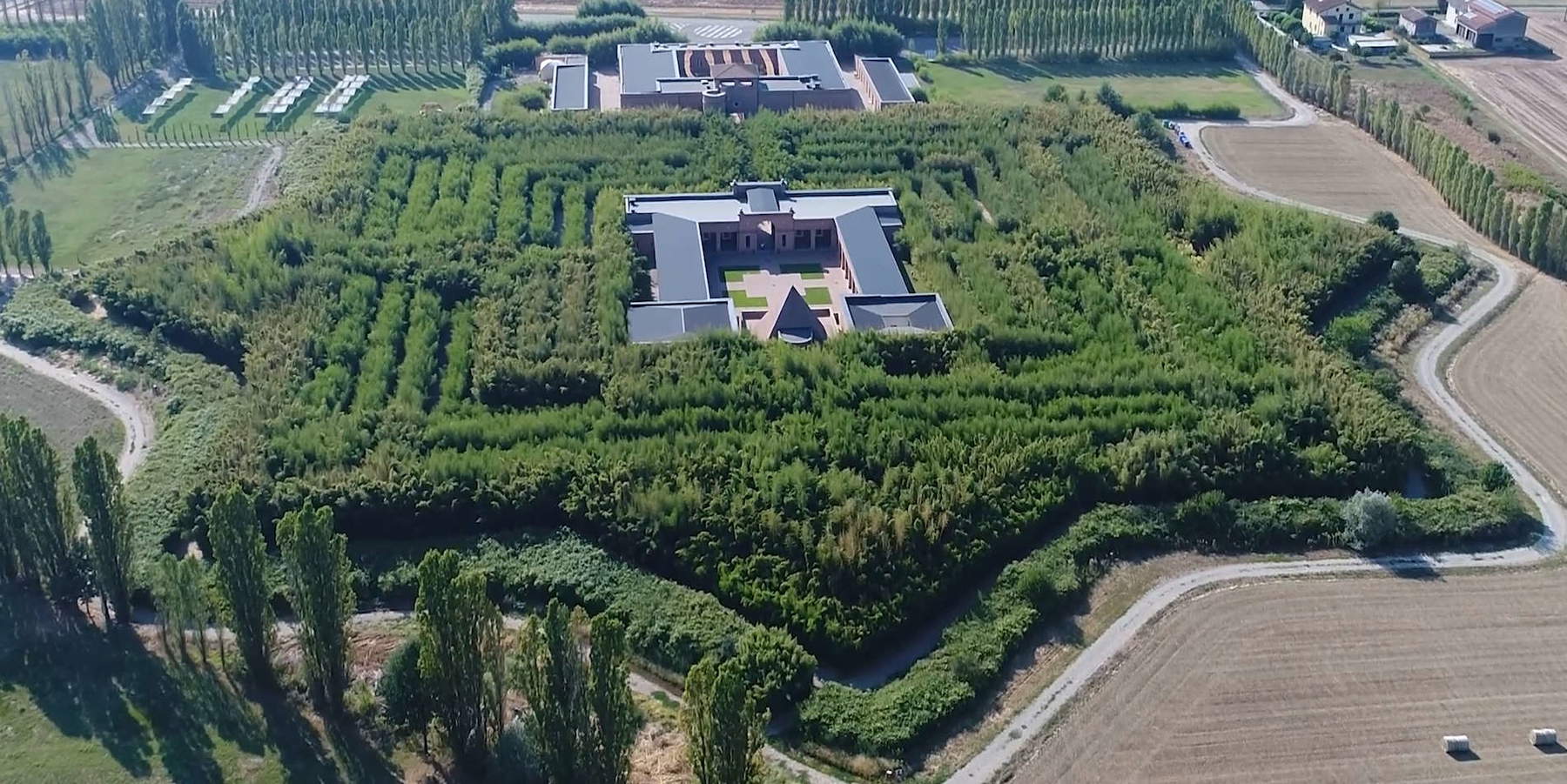
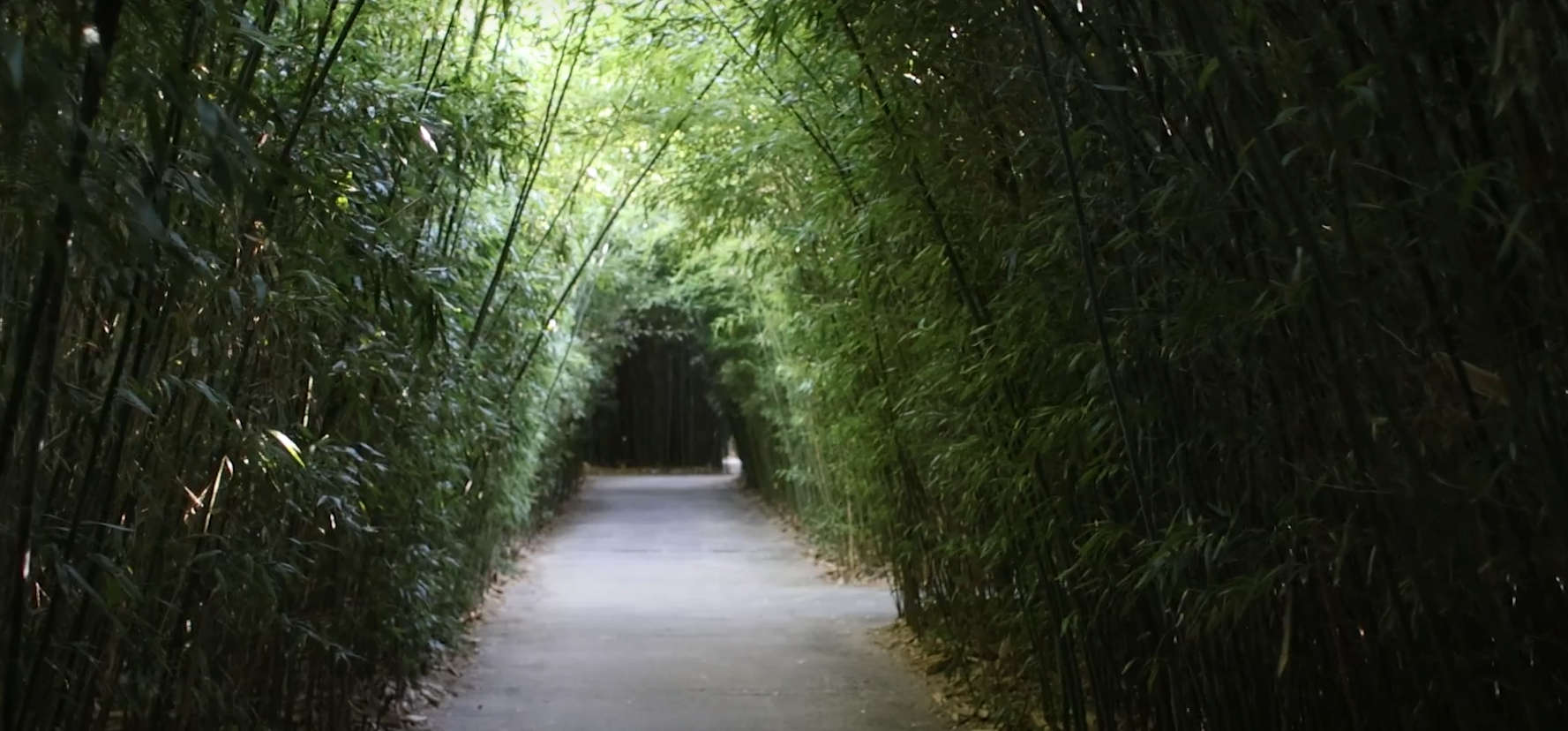

Once the visit to the collection is over, one plunges into the labyrinth, enveloped in a silence interrupted only by the sounds of the countryside, the rustle of the wind, the song of a few birds, and the hubbub of visitors encountered along a path that, from the entrance, in a little over an hour, if walked carefully, should lead first to the center and then to the exit. At the center, stands the great pyramid designed, like all the architecture, by Pier Carlo Bontempi, who was inspired for his buildings, following Ricci’s ideas, by the Enlightenment utopias of an Étienne-Louis Boulée, a Claude-Nicolas Ledoux, and a Pierre François Léonard Fontaine: looking at Bontempi’s pyramid one will realize how much its shape recalls the majestic cenotaphs designed by the architects of the Age of Enlightenment. This is the heart protected by the bamboo labyrinth, the center to which the path of the Masone leads, the pyramid in which the visitor finds a chapel that Ricci, a man of deep Catholic faith, wanted to place in the middle of the maze to remind us that the labyrinth in the past was also been a religious symbol, the allegory of the path, fraught with obstacles, mistakes and second thoughts, that the faithful make to reach true wisdom and salvation, to the point that the pattern of a labyrinth, similar to that of Roman mosaics, decorates the floor of the chapel, right in front of the altar. And the pyramid, like the obelisk, had risen to a Christian symbol after antiquity: and if the obelisk alludes to the elevation of the human being to divinity, the pyramid is a symbol of perfection, it is the image of the Christian Trinity, it is the image of God watching over humanity. This is the center toward which the quest of those who wander along the Labyrinth of the Masone tends.
Borges may not have thought that Ricci would succeed in realizing his labyrinth. In one of the stories in his collection Aleph, the King of Arabia tells the King of Babylon, after wandering confusedly until sunset in the intricate labyrinth that the very King of Babylon had had his best architects design, that he had a labyrinth more complicated and inextricable than his own. He would make it known to him after imprisoning him: that labyrinth was the desert. There was no labyrinth in the world worse and bigger than the desert. And Borges would have pointed this out to Ricci. Ricci, for his part, would have acknowledged that he had sinned a little bit of pride in the idea of building in the Parma countryside the largest labyrinth in the world. He succeeded, though: he gave shape to his dream, made his utopia concrete. Borges, on the other hand, did not have time to see it. In 1985, for FMR, he had written that the labyrinth “is an obvious symbol of perplexity, and perplexity, the wonder from which metaphysics arises according to Aristotle, has been one of the most common emotions of my life.” And if he had seen the Labyrinth of the Masone, he probably would have complimented his friend. Because Ricci, by having Borges walk through the bamboo walls of the labyrinth, would surely have made him feel, again, that vivid sense of perplexity.
Warning: the translation into English of the original Italian article was created using automatic tools. We undertake to review all articles, but we do not guarantee the total absence of inaccuracies in the translation due to the program. You can find the original by clicking on the ITA button. If you find any mistake,please contact us.



























